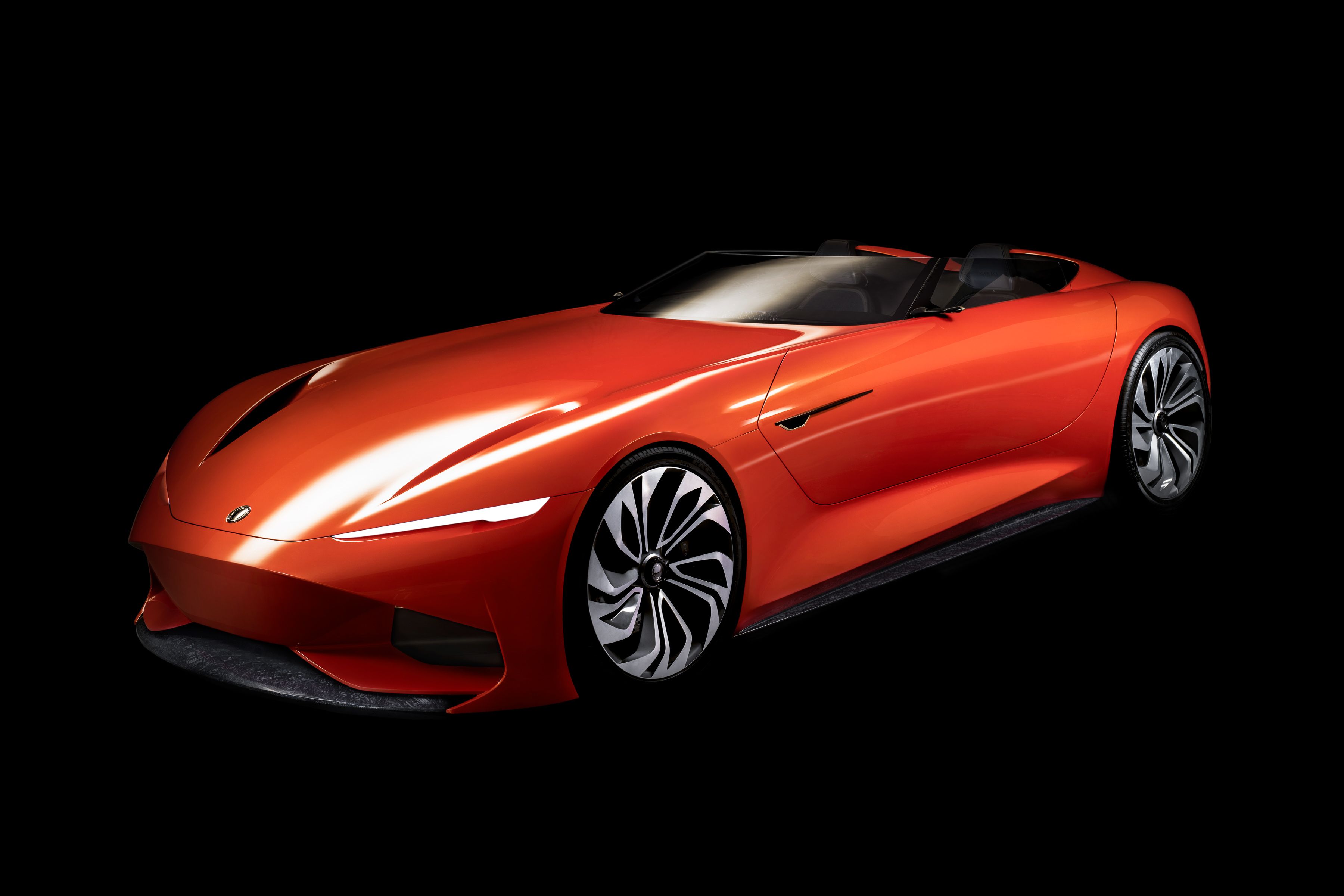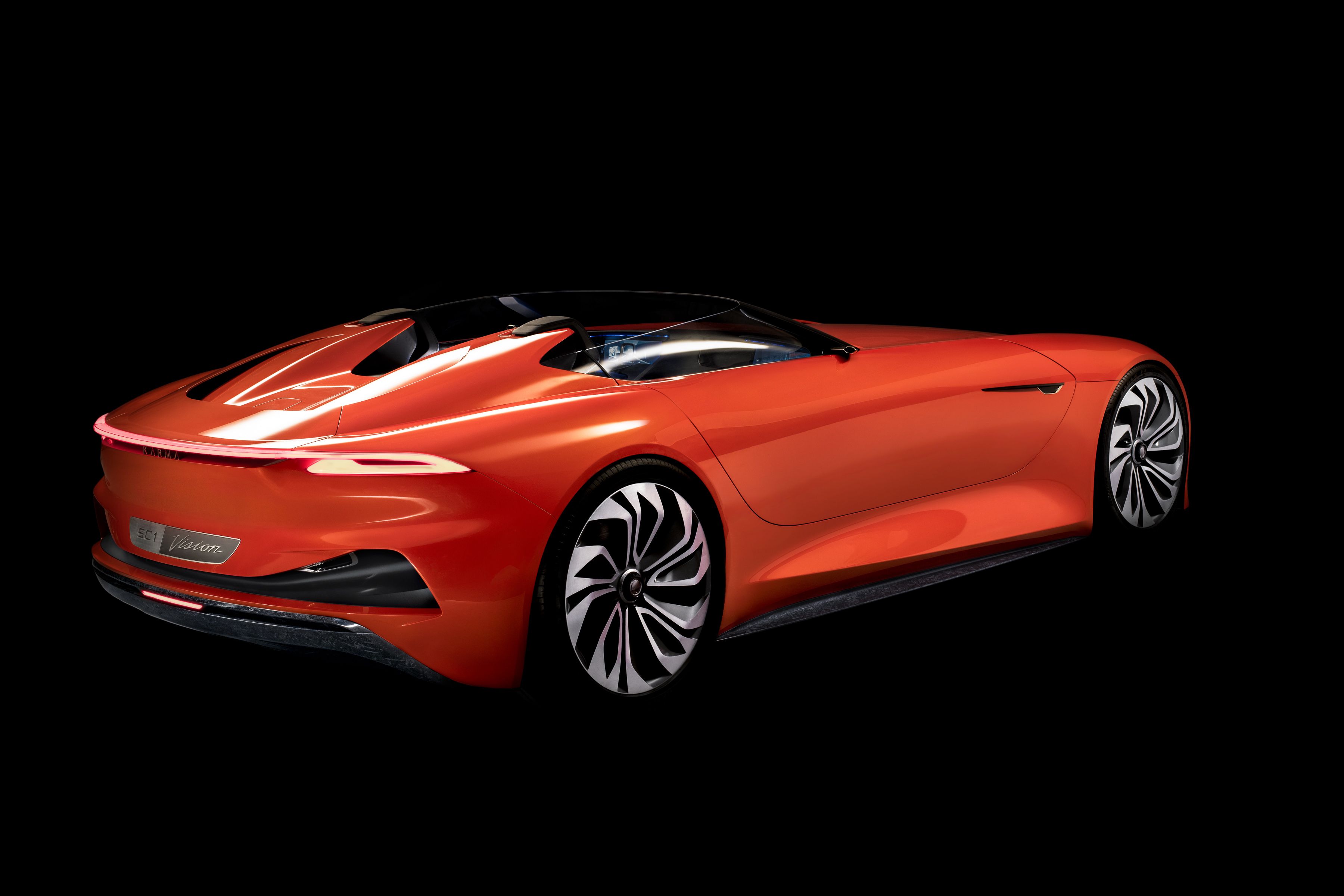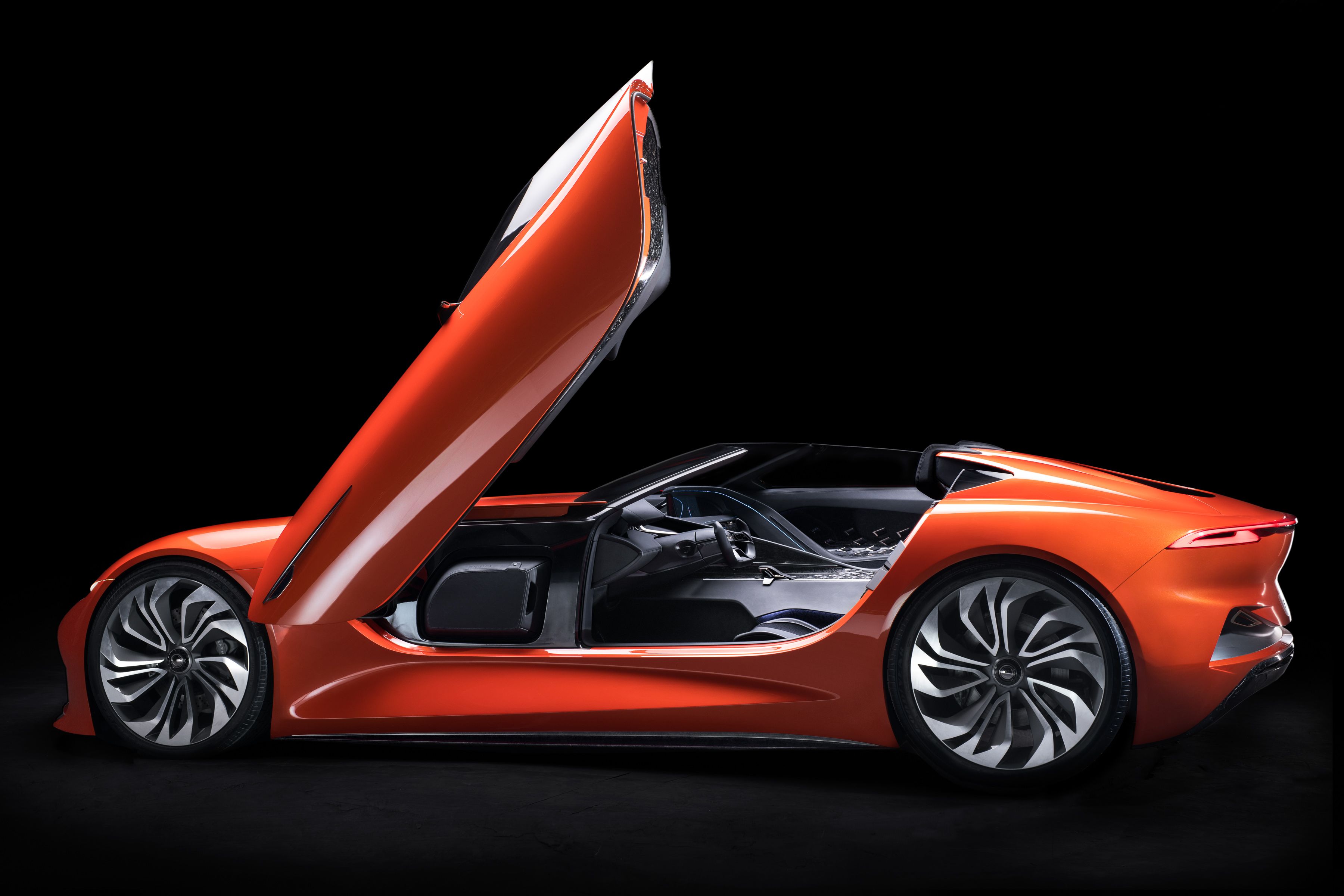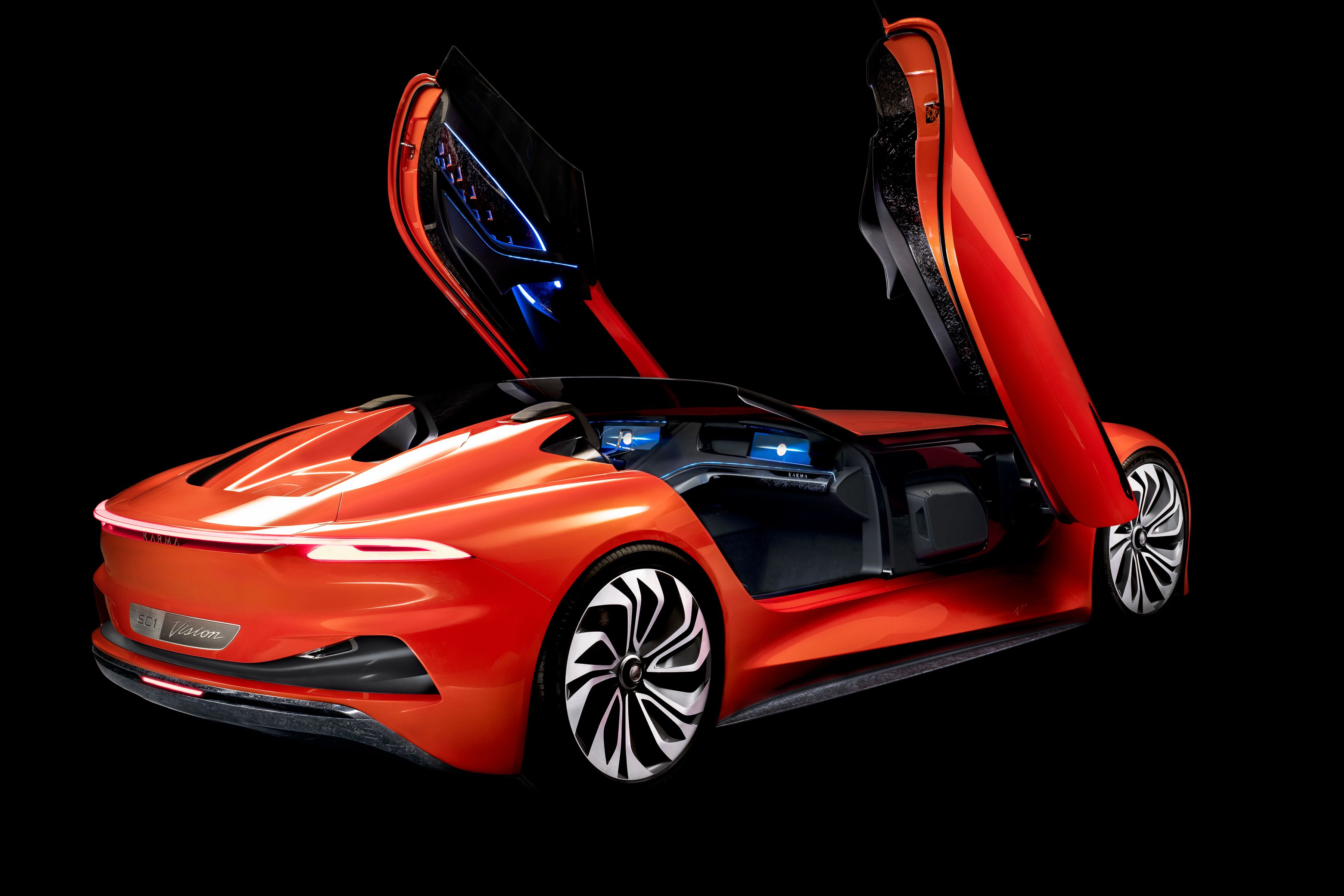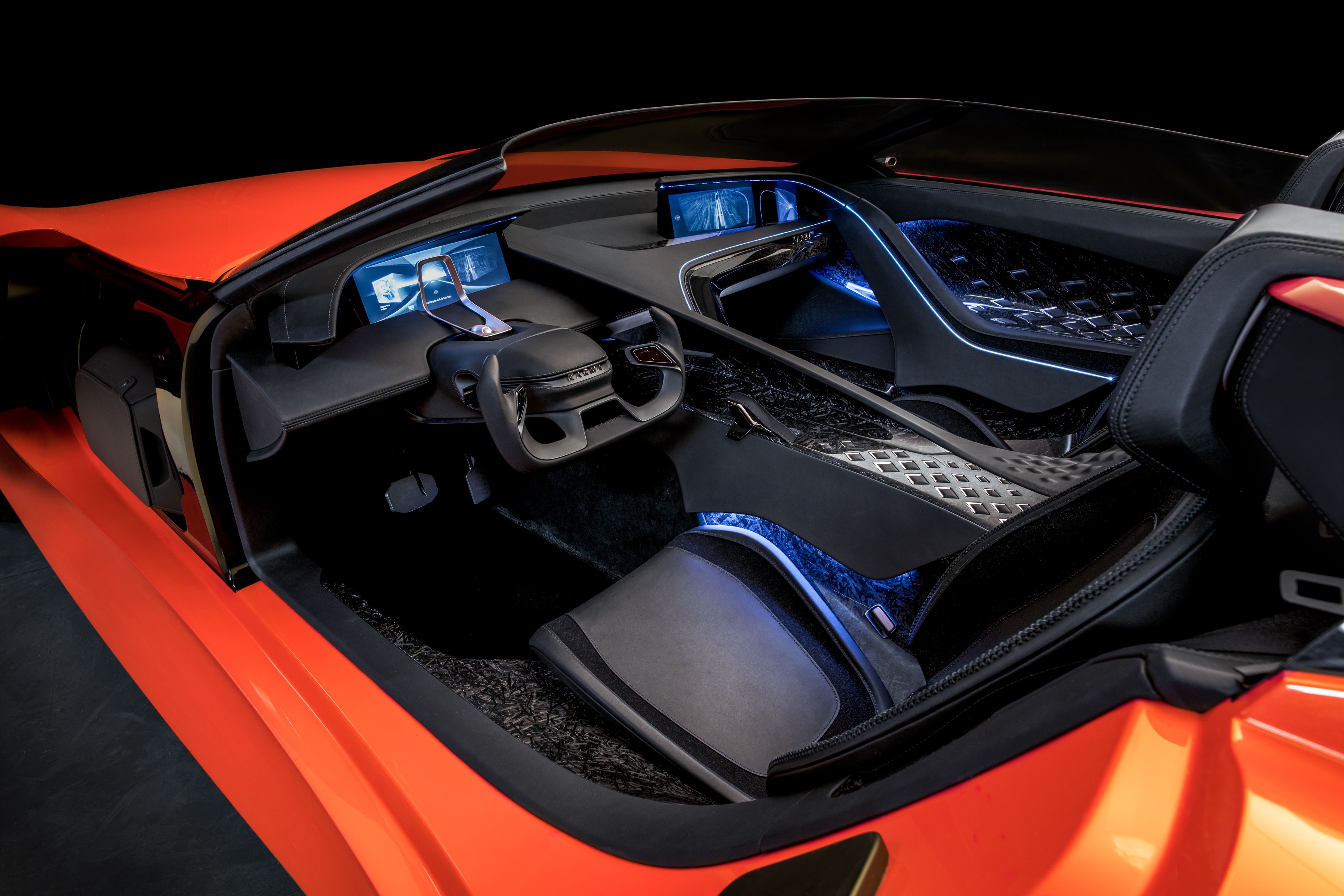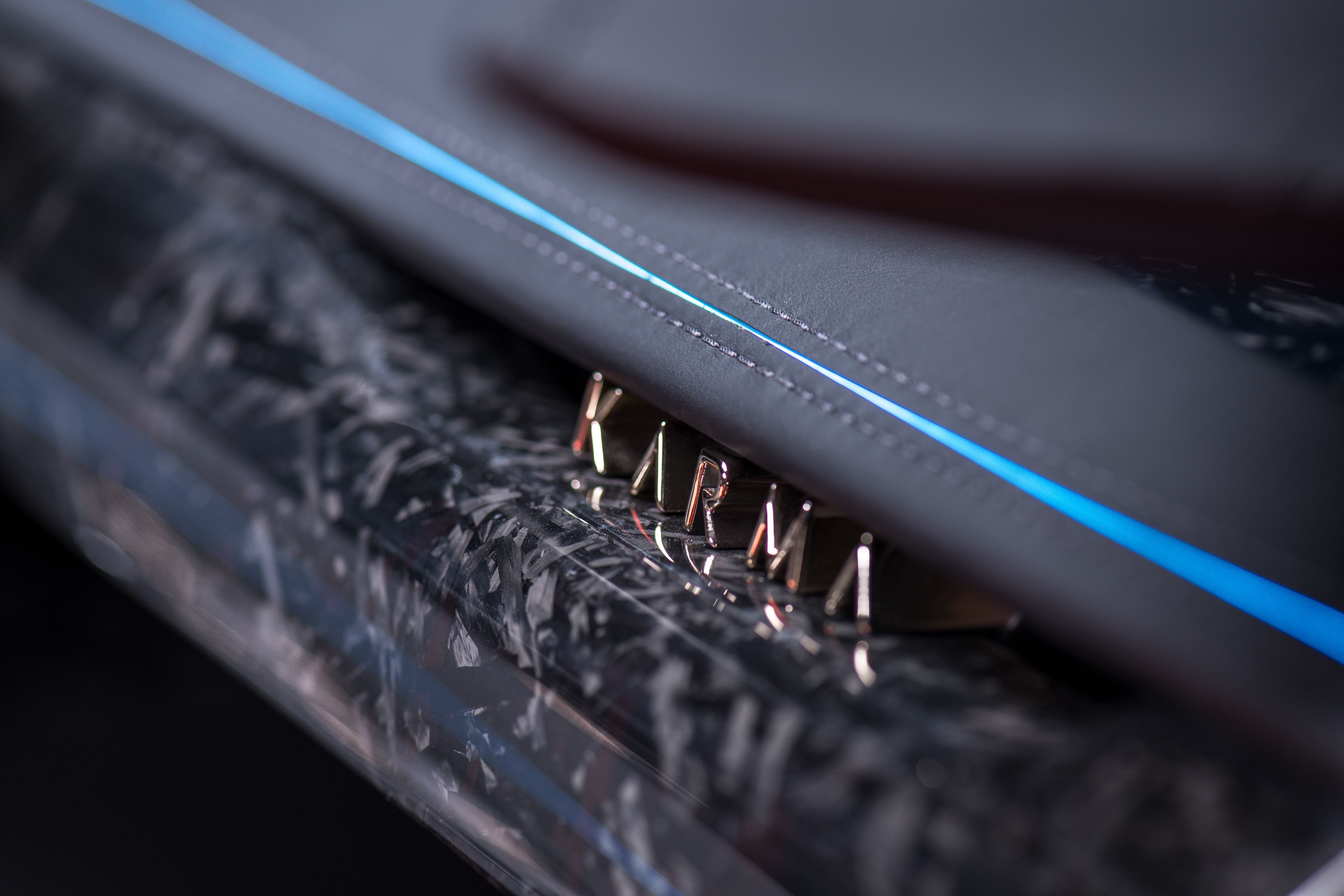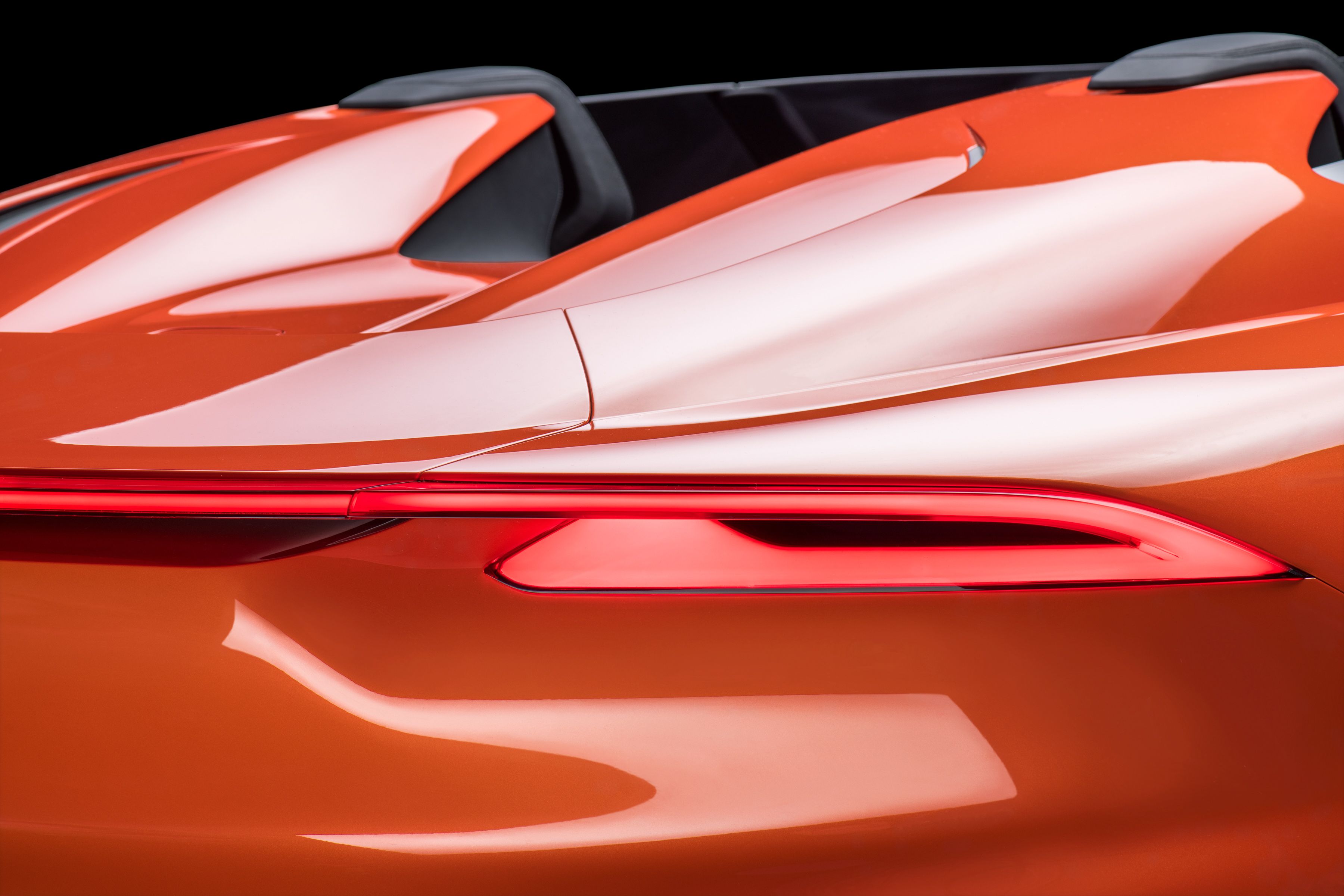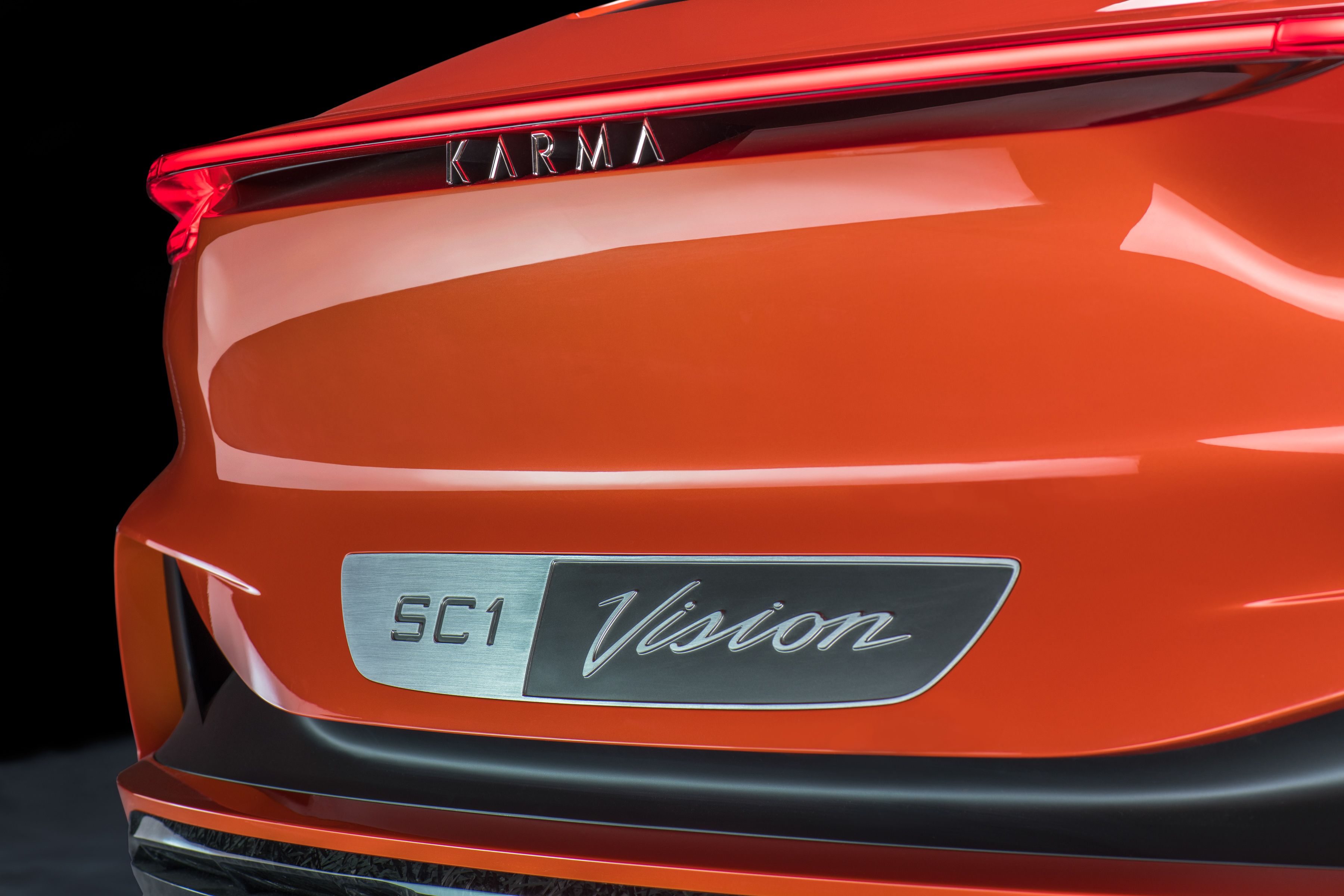Karma Automotive was built from the ashes of Fisker Automotive, and with the latter no longer around, the new automaker — it’s owned by Chinese auto supply company Wanxiang Group — made a bold statement at the 2019 Shanghai Auto Show with the introduction of the SC1 Vision Concept. As you might expect, the SC1 Vision is Karma’s slightly fleshed out interpretation of its future electric supercar. It’s unlikely to hit production anytime soon, but there’s no better time than today to let the world know of your plans, right? Among other things, the SC1 Vision is a showcase of Karma’s ideas and a platform to promote high-tech systems like 5G connectivity and a humanized communication system, both of which, Karma says, are big parts of its future as a purveyor of high-performance electric vehicles. Whether that future materializes remains to be seen, so, for now, we at least get an idea on what that future could look like.
2019 Karma SC1 Vision Concept
- Make: Array
- Model: 2019 Karma SC1 Vision Concept
- [do not use] Vehicle Model: Array
Exterior
Bold is as bold gets. That’s the approach Karma Automotive took in designing the slick-looking SC1 Vision Concept. You have to admire the company’s home run swing because it didn’t leave anything on the table. The overall profile of the SC1 speaks to Karma’s goal of using the concept to appeal to owners of traditional GT performance cars. On the surface, that’s exactly what the concept looks like. The front section features a blunt nose and there’s no grille to speak of. You could say Karma’s taking a page out of Tesla’s design book, but since the SC1 is completely electric, there’s no need for a front grille or at least a functioning one. Other automakers still use a grille on their EVs for aesthetic purposes. Take a look at the Mercedes EQC as an example.
In any event, the SC1 isn’t subjected to the same design whims as other EVs. You can see that with Karma’s playful use of side-mounted air inlets and a carbon lip spoiler in the front that looks bigger than it probably should be. For the sake of aerodynamics, right? Then there’s the hood, or perhaps I should say “hoooooooooood.” Ok, so it’s not the longest hood I’ve seen in the car, but it is preposterously long, especially for a car that’s not hiding an engine underneath. The Karma SC1 isn’t the Dodge Viper, after all. The good news is that this is likely all by design, in part due to Karma’s goal of dipping into that GT design gene that evokes emotional responses from those who are fans of that kind of aesthetic language. Karma also says the concept was inspired by the 1935 Hughes H-1 Racer aircraft. I'd say that's not a bad peg for a concept.
Obviously, it’s not a full guarantee that this is the design we’re going to see once — or if — Karma decides to build a production version of the SC1. The front and rear sections could translate favorably, but the massive butterfly doors are probably going to stay with the concept unless the automaker decides to completely rip off the Mercedes-McLaren SLR. I don’t think that’ll be the case because the SC1 does have one design advantage over the SLR. Unlike the super aggressive-looking SLR and all of its cuts and sharp angles, the SC1 looks a lot smoother. There are a few aggressive body lines throughout the concept, but most to the surface flows naturally front one end to the other, making it look like the concept is wrapped up in one smooth and continuous body panel. This is arguably the best thing about the SC1’s exterior. You know it’s a performance car — the lack of a roof and the minuscule windshield are giveaways in their own right — but it doesn’t scream about being one. Karma also says that the space between the windshield and the front axle was inspired by the 1935 Hughes H-1 Racer aircraft. I'd say that's not a bad peg for a concept. Overall, there’s a flamboyance to the Karma SC1 that’s not crowding to the senses. That's a good thing.
Lord knows if Karma plans to actually build it, but it is more than just your typical auto show vaporware. That’s a good thing, especially if you’re holding out hope of seeing it on the road in the future.
Interior
There’s not much real estate space in the interior of the Karma SC1 and there’s a reason for that given the design of the concept and Karma’s vision of it. Fortunately, whatever space is there for the cabin was utilized smartly by Karma. The entire cabin space showcases a futuristic vibe, complete with a new infotainment architecture that comes with 5G connectivity. Considering that 5G connectivity was just introduced last year, you have to appreciate Karma for at least thinking long-term with its tech offerings for the SC1. The question here is whether 5G connectivity will still be the most advanced wireless system by the time the SC1 hits production, if it does make it to that point.
The rest of the interior tech features are just as mouth-watering, provided they all come to pass. The concept also includes what Karma describes as a “humanized communication system.” If it sounds fancy, it’s because it is. The system integrates touch, voice, eye, and graphical interfaces, all with the goal of creating integrated interaction between the driver and the roadster. Biometric identification and facial recognition systems are also on the menu, which begs the question: are all of these within reach for Karma?
Let’s move away from the tech side of things and focus on the physical makeup of the cabin. As expected, the limited space opens up room for just two seats. No surprises there. The interesting bit is that the two seats are separated completely by a large central divider. This creates what amounts to a pair of independent sections, one for the driver and another for the passenger. The latter even has his own digital display to play around with. There’s no traditional dashboard since the dash looks more like a countertop. The steering wheel looks outrageous, too. It’s also useless with its shape. How are you going to use it properly when there’s no 10 o’clock and 2 o’clock holding positions? Diamond-shaped patterns adorn several sections in the interior with ambient lighting providing a nice bit of illumination in certain areas.
Overall, the SC1’s interior looks exactly like what you’d expect from a concept car. There’s a healthy mix of fancy and functional in there. Hopefully, we see more of the same in the event Karma decides to roll out a production model.
Drivetrain
Karma Automotive didn’t release power and performance details of the SC1 Vision Concept. Really, there’s nothing to go by other than Karma’s chief technology officer Bob Kruse saying that there’s “a lot” of it in the concept and that it will use a four-wheel drive system. Really not much to go by, right?
We do know one thing about the concept: it’s pegged as an electric hypercar. That alone should come with higher expectations of power and performance. Nothing less than 1,000 horsepower would be a good place to start. Is it possible, then, that we could be looking at the concept version of an electric hypercar that will end up challenging the Rimac C_Two?
At this point, nothing is off the table as far as our imaginations are concerned. And for what it’s worth, the C Two is a complete evolution from its predecessor, the Concept One. It still uses four electric motors and utilizes a pair of gearboxes — a single-speed in the front and a two-speed in the back to aid in acceleration — but instead of generating close to the Concept One’s 840-horsepower output, the C Two is a new breed of madness altogether with a claimed output approaching 2,000 horsepower and a road-destroying 1,696 pound-feet of torque. Rimac says it takes only 1.85 seconds for the C Two to hit 60 mph from a standstill position and it can hit a top speed of 258 mph. Rimac also claims a range of 403 miles for its new superhuman exotic.
I’m not going to put too much pressure on Karma to try to reach these kinds of numbers, but you have to wonder if this is the level the company wants to go to. 2,000 horsepower? Almost 1,700 pound-feet of torque. If Karma can develop a powertrain system that can generate this much power, suffice to say, there are going to a lot of jaws that need to be picked up from the floor.
Final Thoughts
At some point in the future, we’re going to look back to the 2019 Shanghai Auto Show as the site where we first laid eyes on the seeds of Karma Automotive’s automotive lineup. It was in Shanghai that the company introduced the Revero GT and it was also in Shanghai where we first saw the SC1 Vision Concept. Now, I don’t know that the future is going to look like, but I wouldn’t mind seeing one where a production version of this concept actually exists. The hard part, naturally, is getting there, though, if you ask Karma Automotive, the automaker appears confident that it can deliver on its goal of bringing an electric hypercar in the market. I don’t expect it to look exactly like the concept, but if the automaker can adopt a lot of what it showcased in Shanghai in the potential production version, I wouldn’t mind it at all if the production SC1 ends up looking nothing like the concept that came before it. At this point, I just want to see what it’s capable of, especially when you line it up against a monster like the Rimac C Two. Until that day comes, I’m crossing my fingers that it actually arrives.

